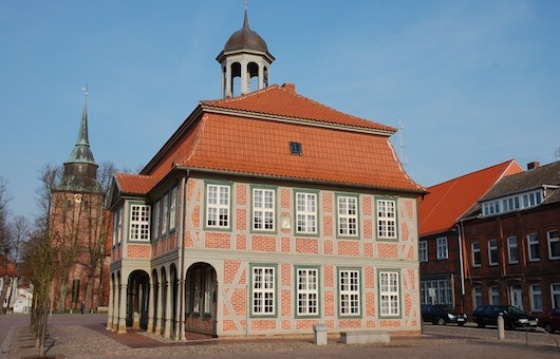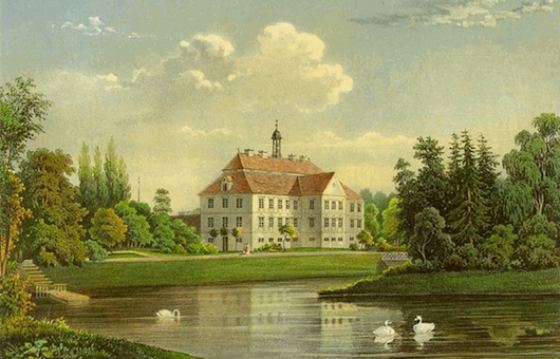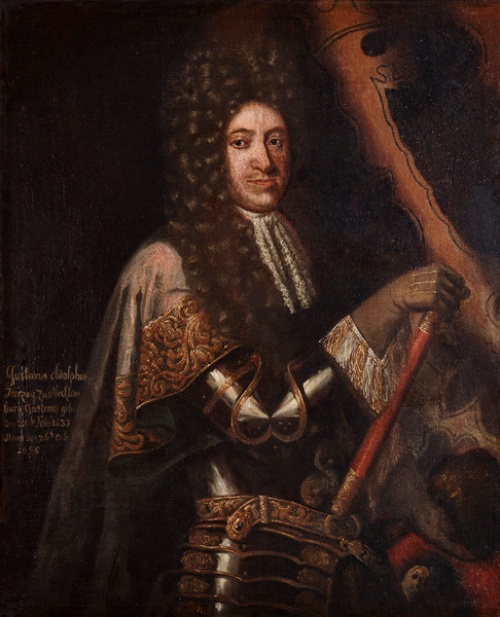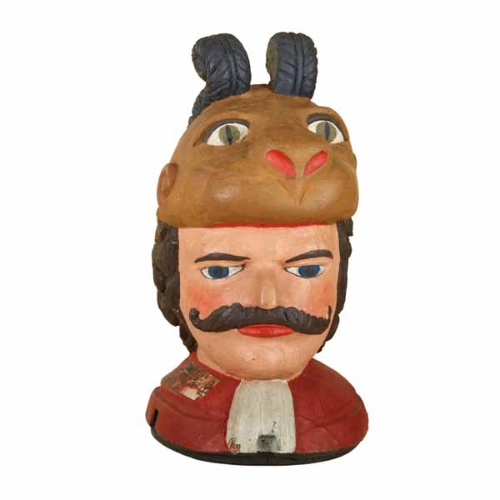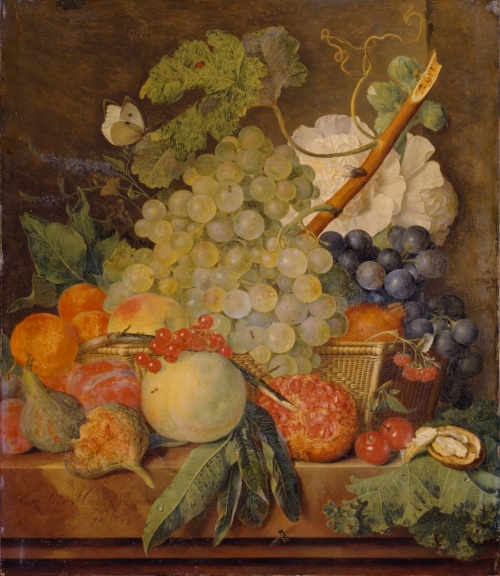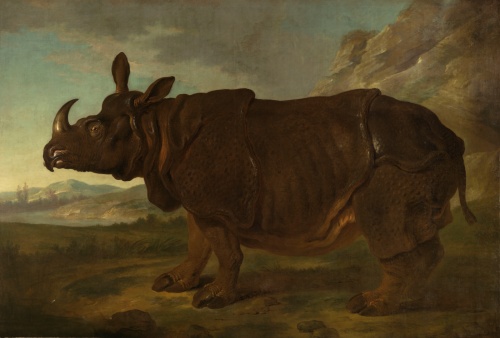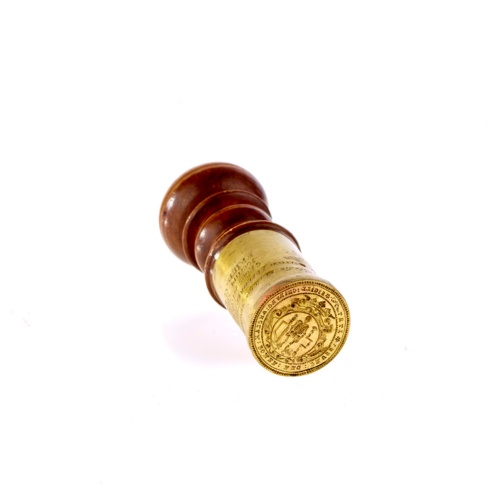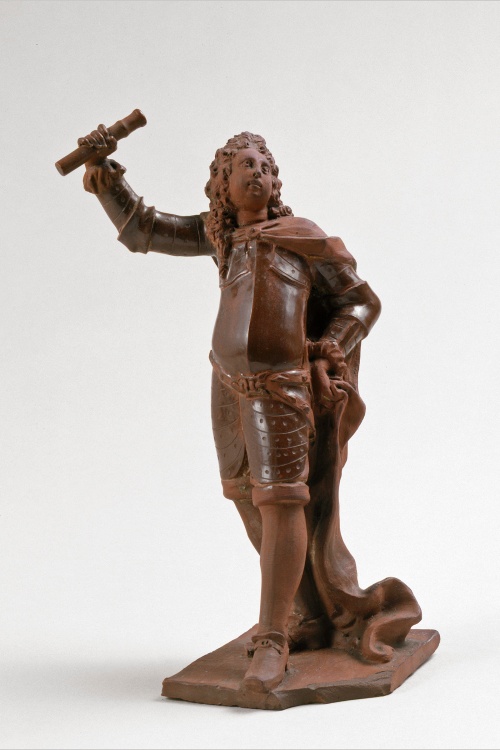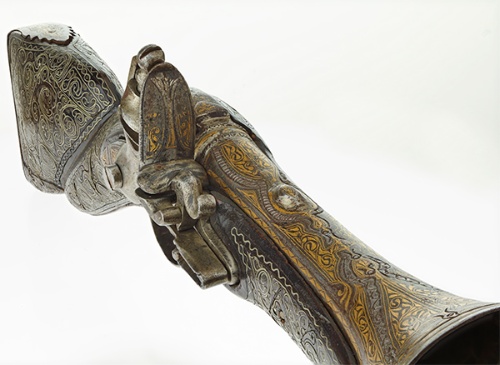The Nordic War (1700-1721) brings occupation by Russian, Prussian and Saxon forces to Swedish Pomerania. Denmark seizes Rügen.
Charles XII. will be killed in this war. He is followed on the throne by his sister Ulrika Eleonore (1688-1744); she reigns for two years until she hands over the office to her husband Frederick. He loses Stettin, Anklam, Demmin, Usedom and Wollin to Prussia in 1721, during the Nordic War. King Frederick William I (1688-1740) becomes the sovereign (Western) Pomerania. He is succeeded by his son Frederick II. (the Great), 1712-1786. The war and domain chamber resides in Stettin as the central administrative agency. The government is only responsible for the judiciary, Church and schools. Pasewalk becomes a military base for the 'Royal Prussian and Margrave of Bayreuth's Regiment of Dragoons'. Dutch and Polish colonists are recruited for the sparsely populated region. A French colony settles in Stettin. Frederick the Great tolerates all religions, inviting Catholic families from Palatinate to settle north of Pasewalk.
The power of the country gentry rises with the introduction of the 'Privileges for Landed Noblemen', but they have to pay taxes. Serfdom becomes legally binding. Important baroque castles are built. Glassworks are built and marshlands are reclaimed.
Sweden improves its infrastructure. In Barth, shipping is prospering. A woollen mill and manufacturer of utensils is made official purveyor to Swedish Pomerania. A starch factory is built in Stralsund. Still 15 of 20 merchant firms suffer bankruptcy. Merchant shipping in other cities overtakes Stralsund. Sweden develops the city as a principal fortification. Redoubts outside the city gates change its perimeter. The region becomes the Swedish granary, shipping around 50% of the country's requirements across the Baltic Sea. On the island of Rügen, chalk is mined for to produce “quicklime”.
The Latin school is transformed into a German secondary school that teaches German as the language of chanceries, the Protestant Church and of commerce.
Swedish students enrol at the University of Greifswald. A new main university building is constructed. But scholars also relocate to Sweden. The king commissions the construction of a noble damsel's foundation in Barth. The earl's palace in Putbus is enlarged.
The lifestyle leads to ordinances to combat 'gluttony, drunkenness, haughtiness, lust and affray'. In 1736 the Swedish king orders 'reputable parsimony'.
